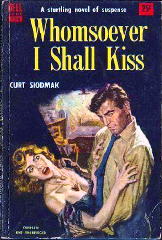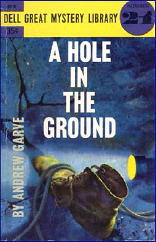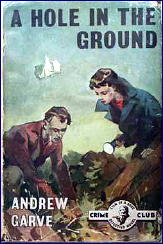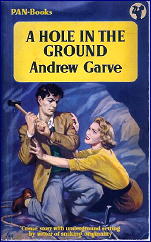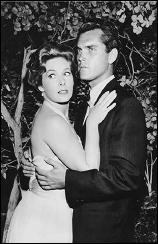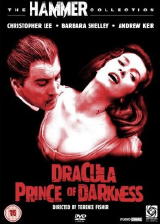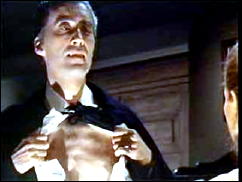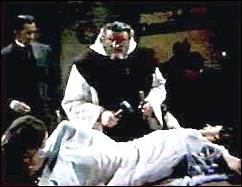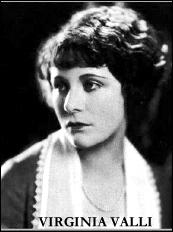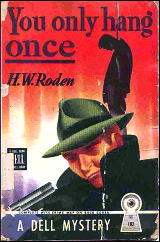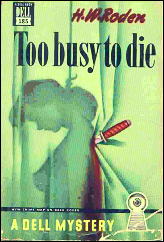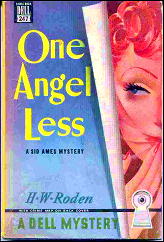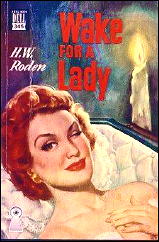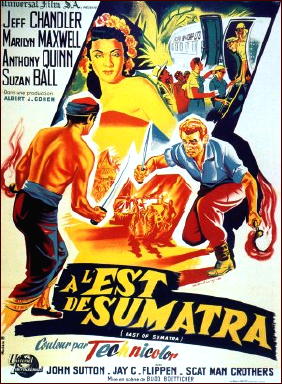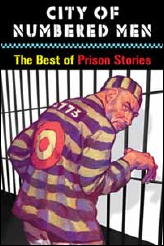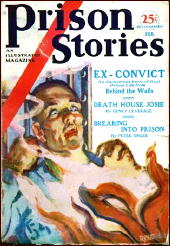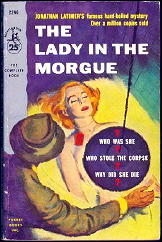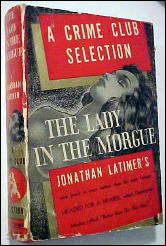A MOVIE REVIEW BY DAVID L. VINEYARD:
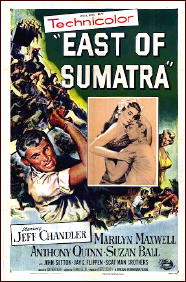
EAST OF SUMATRA. Universal, 1954. Jeff Chandler, Marilyn Maxwell, Anthony Quinn, Suzan Ball, John Sutton, J.C. Flippen, Peter Graves, Scat Man Crothers, James Craven. Screenplay: Frank Gill Jr., based on a story co-authored by Louis L’Amour. Director: Budd Boetticher.
Here’s a well done pulp-style jungle adventure from action director Budd Boetticher and based on a story by western writer king Louis L’Amour.
Jeff Chandler is a two-fisted mining engineer whose team is sent to the Maylayan jungle to find tin and runs afoul of local royal Quinn who is jealous of his half caste fiance’s (Ball) interest in Jeff. An added complication is Chandler’s officious boss John Sutton, who is engaged to marry Marilyn Maxwell, Jeff’s ex girl.
Things go wrong, and soon Chandler and team are held virtual prisoner by Quinn and his men,and their only means of escape is by hand-to-hand combat to the death in a native temple between Chandler and Quinn.
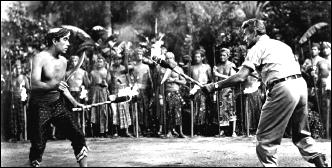
Attractively filmed by Boetticher, East of Sumatra is a mix of adventure pulp and Men’s Sweat Mag brought to life (“I Fought a Sumatran King for His Woman and a Fortune in Tin”).
The characters are familiar stereotypes — Chandler the two-fisted boss; Flippen the older veteran straw boss; Graves a Texan engineer in ten gallon hat; Crothers the singing camp cook; Quinn the proud jealous native king; Sutton the boss that doesn’t understand the real world of the field men; Maxwell the bad girl trying to forget her past and rough tough Chandler; Suzan Ball a sultry half white princess torn between jungle king Quinn and handsome westerner Chandler…
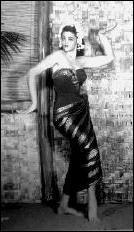
Technicolor, well done jungle sets, some nice matte paintings, a good if predictable script, and a competent cast of veterans show how well this sort of thing could be done in the right hands.
Nothing great, but a showcase of old fashioned studio competence done neatly and with a bit of flare, and the battle between Chandler and Quinn is well matched and handled in a circle of torchlight.
These kinds of films used to be a staple in theaters. Minor A films churned out by competent directors and featuring attractive casts who hit their marks and generally were better than the material.
It’s the sort of thing Hollywood relegated to television eventually but is seldom done as well today, and if it isn’t art, it is at least entertainment and done with some style.
Editorial Comments: That’s Suzan Ball in the dancing girl costume in the photo just above. She was a second cousin of Lucille Ball who had the sad misfortune of dying young, at the age of 21, a victim of cancer. Married to actor Richard Long when she died, she appeared in only eight films and one episode of Lux Video Theater before her death.
On another matter, both David and I have been trying to learn whether the story this movie was based ever appeared in printed form, with no definitive answer so far. We presume the answer is no, but does anyone know for sure?
